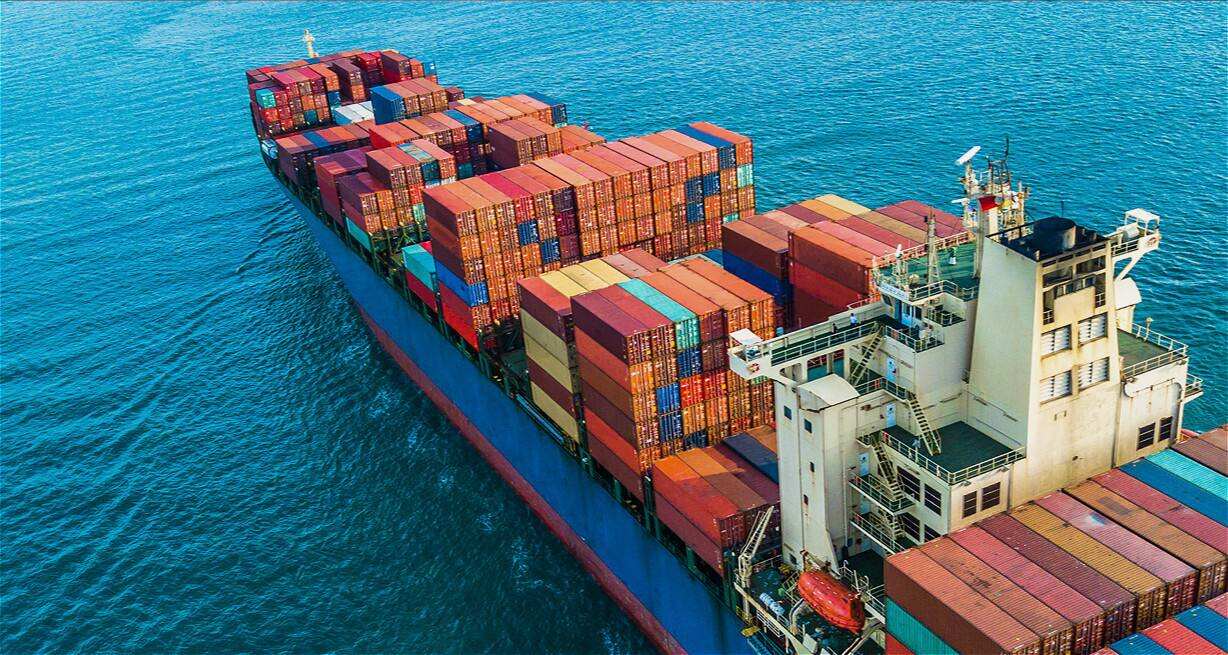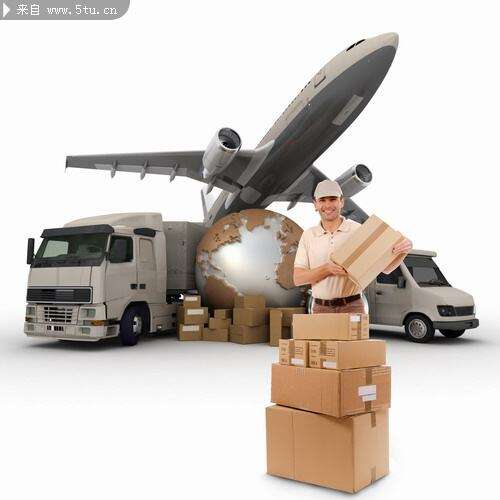Thailand customs clearance import export is mainly divided into the following five stages:
1、 Submit import declaration(Thailand customs clearance import export)
Submit the import declaration form (Customs Form 99 or 99/1) manually or through the EDI system.
2、 Prepare supporting documents
According to the provisions of Thailand Customs Notice No. 38/2543, the following supporting documents need to be preparedB/L;
Three copies of invoice;
Packing list;
Insurance premium invoice;
Release form (Customs Form 100/1 or 469);
Foreign transaction form with import amount exceeding 500000 Baht (if necessary);
Import license (if necessary);
Certificate of Origin (if required);
Other relevant documents, such as catalog, product specifications, etc.
3、 Submit the customs declaration and supporting documents for review
The import declaration form and all supporting documents shall be submitted at the port of entry for customs examination. The customs officer will check whether the declaration is correct and attach the required supporting documents.
In addition, customs tariff calculation and goods valuation are also reviewed at this stage.
4、 Imposition of import duties and taxes
The fourth stage is to pay the applicable taxes and/or deposits.
At present, there are four ways to pay import duties and taxes:
1. Customs payment
The importer pays at the cashier at the port of entry. The customs will then issue payment receipts to them for inspection and release of the goods at the relevant warehouses. Payment can be made in cash or by bill.
In case of bill payment, it must be issued in the following four ways:
Cheque issued by Bank of Thailand (BOT)
Promissory note
Cheque with joint and several liability guarantee provided by the bank
Money Order
2. Electronic fund transfer through BOT's BAHTNET;
3. Electronic payment procedure of Thai King Bank (teller payment system)
The customs department and Thai King Bank started the connection on September 1, 2000. Importers using this service need to:
Fill in the tax form attached to Customs Notice No. 77/2543 in duplicate;
Any branch of Thai King Bank submits the form together with the payment to the account of the customs department. The bank will then return the copy with the payment confirmation number to the importer. The bank charge for each transaction is THB 30;
Fill in the payment confirmation number on the first page of the import declaration form, and submit the declaration form to the customs cashier to obtain the payment receipt for goods inspection and release.
4. Electronic Funds Transfer (EFT) via EDI
Under this automated system, electronic payment is carried out among taxpayers (importers/exporters), intermediary banks (importers/exporters' account banks), customs banks and customs departments.
The EFT process through EDI is as follows:
(1) The taxpayer instructs its intermediary bank to transfer the payment to the customs bank by electronic means;
(2) After receiving the electronic payment authorization, the agent bank will assign a transaction number to the taxpayer for reference, and then transfer the payment to the customs bank;
(3) When full payment is received through EFT, the customs bank sends the payment information to the customs department electronically, referring to the same transaction number provided by the intermediary bank to the taxpayer;
(4) Taxpayers refer to the given transaction number and transmit their payment information to the customs department electronically;
(5) The customs EDI system checks the payment information received from the taxpayer/taxpayer and the payment information received from the customs bank, and compares it with the declaration made;
(6) If all the information is correct, the customs will send an electronic message to the taxpayer to notify him to collect the payment receipt for goods inspection and release.
5、 Inspection and release
The last stage is to inspect and release the goods under customs supervision. The importer submits the verified declaration and payment receipt at the warehouse. The customs inspector then checks the imported goods against the declaration form. If the inspected goods conform to the declaration form, the customs inspector will record the inspection results in the computer system and release the goods to the importer.
However, the process of goods inspection under manual system is different from that under EDI system. As for manual customs clearance, the goods shall be randomly inspected according to the provisions of the customs department.
6、 Documents required for customs clearance
The following documents shall be prepared for the payment of duties:
1. Original and copy of import declaration;
2. Release form;
3. Invoice;
4. List of goods;
5. Bill of lading;
6. Insurance premium invoice;
7. Import license of controlled imported goods specified in Thai customs;
8. Certificate of origin (when applying for tariff preference);
9. Any other documents, such as commodity classification certificate;
10. If the imported goods are transported by more than one vessel, submit the overall vessel schedule;
11. In case of tax refund, submit one more import declaration form;
12. Form of tariff reduction and exemption of BOI;
13. If re export of goods is involved, there are two cases:
a. The goods are within the customs bonded area:
The customs declaration form for re export shall be delayed and the tax shall be paid at 10% of the tariff;
Export declaration form;
b. The goods are not within the customs bonded area:
For delayed re export declaration, 90% of the tariff shall be paid;
Export declaration form;
14. To transport goods outside the export processing zone, additional documents are required:
a. For imported raw materials, GNO 02-1 form is required;
b. If imported machinery, equipment, tools and parts of these commodities are used for production and export, GNO 02-1 and GNO 101 forms are required.

 EN
EN
 AR
AR
 BG
BG
 HR
HR
 CS
CS
 DA
DA
 NL
NL
 FI
FI
 FR
FR
 DE
DE
 EL
EL
 HI
HI
 IT
IT
 KO
KO
 NO
NO
 PL
PL
 PT
PT
 RO
RO
 RU
RU
 ES
ES
 SV
SV
 TL
TL
 ID
ID
 LT
LT
 SR
SR
 SK
SK
 SL
SL
 VI
VI
 ET
ET
 HU
HU
 MT
MT
 TH
TH
 TR
TR
 FA
FA
 AF
AF
 MS
MS
 GA
GA
 KA
KA
 LA
LA
 MY
MY
















